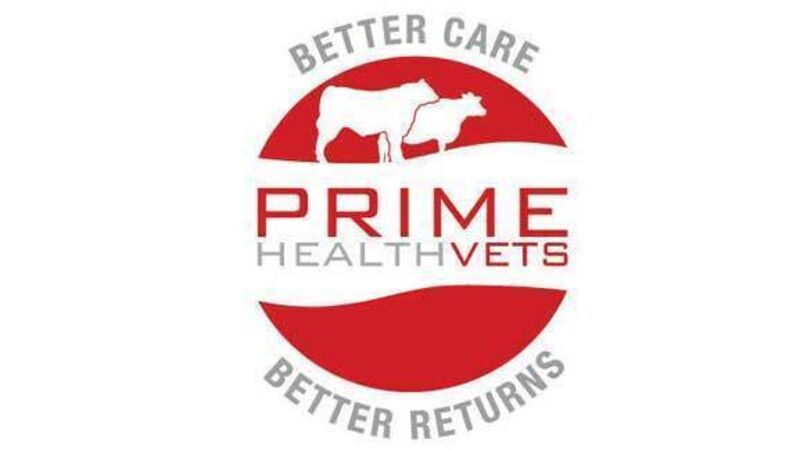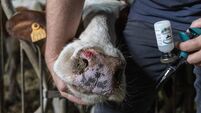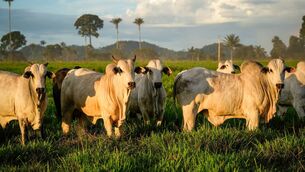Veterinary: The one we often forget

As we pulled into the field there were about 30 good weanlings contentedly grazing away but it was not hard to pick out my patient.
A Simmental-cross suckler of about two hundred and thirty Kg, he looked a great animal but he did not move as we approached him.
A number of possible causes entered my head as I examined him and then I felt the gassy squelch in his left hind quarter that confirmed my suspicions that this poor lad had the dreaded Blackleg.
Blackleg is a disease caused by one of the Clostridial family of bacteria.
They are widespread in the environment especially in the soil and faeces.
Not all of them cause disease but those that do (like Blackleg, Tetanus and Botulism) usually end in the death of the animal.
In 2015, in animals submitted to the Regional Veterinary Laboratories, 6% of animals in the one to five month age group and 15% of animals in the weanling category, died from Clostridial diseases.
In the case of Blackleg the bacteria develop into spores that can survive in the environment for a very long time. Blackleg tends to be found in younger animals usually in the age group from six months to two years old but can be seen outside of this timeframe. It usually hits the best animal in the group, the one that is thriving.
I have seen it in a three week old calf in the muscles of the neck.
Usually the bacteria travel through the body and settle as spores in the muscles of healthy animals lying dormant there.
This means that they can be in the main muscle masses of the hind and fore quarters but also any other muscles like the heart, diaphragm, tongue, neck etc.
They remain dormant here until conditions change. This will happen if the animal gets a bang or is bruised in the area with the spores.
As they multiply extremely quickly gas is produced and the affected area becomes hot, swollen and very painful.
A very potent toxin is produced and makes its way into the bloodstream making the animal fevered, slow going and very sick. In a very short while this animal will be dead. Usually such animals are found dead.
As the Blackleg bacteria is so commonly found it is easy for it to enter the animals system. Hygiene is a practice that farmers should be aware of. This is true especially at the times of castration and dehorning.
These should not be done in wet dirty weather where animals are dirty and will be prone to infection.
All the implements used should be cleaned and disinfected before and during the procedures.
There are Clostridial vaccines available on the market that combine a number of the more common Clostridial species causing disease in the cattle and sheep populations. Animals can be vaccinated from two weeks of age with a second shot given four to six weeks later.
This gives the animal full protection from about eight to 10 weeks of age onwards. The recommendation is to give a booster shot every six to 12 months.
If a farmer is having trouble with Blackleg in animals younger than eight to ten weeks of age then there is also the possibility of vaccinating the dams eight to two weeks prior to calving provided they have received the primary course themselves and are up to date. You should talk to your vet if you have any questions or are worried about Blackleg on your farm.
n Paul Redmond, MVB MRCVS Cert DHH, Duntahane Veterinary Clinic, Fermoy, member practice of Prime Health Vets.










